Perhaps no other figure in modern human history has been talked about, attacked, demonized and slandered more than “Satan”.
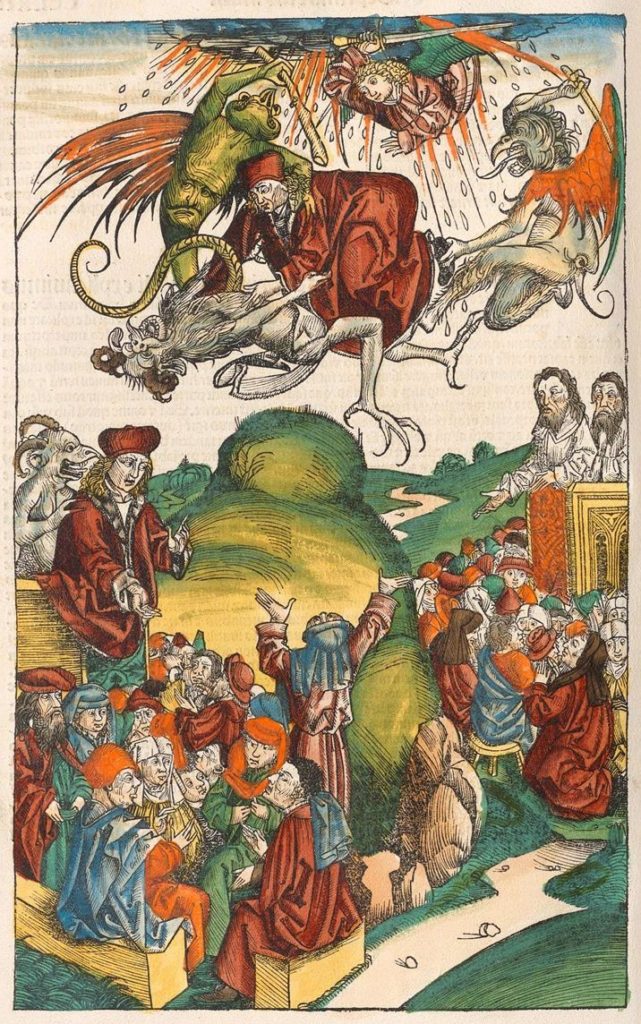
In the Christian world, Satan has been known by various names such as the adversary, the Liar, the Great Dragon, the Prince of Evil Spirits, and God of this World, to name a few.
What I find fascinating is that when I researched the dark history of the early Catholic Church’s viewpoints about an evil man who they like to call a Liar and deceiver, I discovered that there was actually a real person who they called Satan and they battled as their adversary with words and magic.
In fact, they also called him the first Gnostic.
The same Church who has carried the story of Satan for thousands of years has brought the Accuser to us in the year 2018 by stating that Satan is in fact, a real person.
For example, the Catholic Pope Francis who is the Vicar of Christ to over a billion people says that Satan is, in fact, a real person who is more intelligent than us. In December 2017, Francis told a Catholic television channel TV2000, “He is evil, he’s not like fog. He’s not a diffuse thing, he is a person. One must not talk to Satan, if you start talking to Satan you are lost, he is more intelligent than us.”
The Pope said, gesturing with his hands, “He’s more intelligent than us, and he’ll turn you upside down, he’ll make your head spin. “He always pretends to be polite – he does it with priests, with bishops. That’s how he enters your mind. But it ends badly if you don’t realize what is happening in time. (We should tell him) go away!” he said.
So, who is this Satan that Pope Francis talking about?
If we want to find out who the Church gave the label of Satan, all you have to do is research who the Church Fathers had called Satan and who were their main adversaries and accusers at that time.
And who do we find? – THE GNOSTICS!
The same group the Chruch had battled as “their adversaries” in the early years of Catholicism and the same doctrines of Gnosticism of whom our modern Pope Francis has been warning fellow Catholics about.
This all makes perfect sense. After all, the word Satan is derived from the ancient Greek Σατάν (Satán) and the Hebrew שָׂטָן (Sātān) which means “adversary, the accuser, to show enmity to, oppose, plot against,” from root s-t-n “one who opposes, or obstructs.”
The Gnostics were adversarial to the Church and Rome. They would be the men of knowledge who opposed the Church’s teachings and would plot against her aims.
As I mentioned above, no other figure has been talked about, attacked, demonized and slandered more than “Satan” and in the same hellish breath, in the history of the Church, no other person in the world has been demonized and slandered more than Simon Magus (Simon the Sorcerer, or Simon the Magician).
If you look through the history of the Church, there has only been one alleged real person who was called Satan and that person is Simon Magus. Not only was he called the firstborn of Satan but he was also given the most illustrious title of the “First Gnostic.”
What fascinates me about this story now that I’m a grown man who doesn’t scare so easily is that why would a person who is labeled the “First Gnostic” also be considered the Son of Satan?
After all, the word Gnostic is simply from the ancient Greek gnōstikos, from gnōstos which means “known and to know” based on “cognitive or intellectual learning.” In other words, to be a conscious being. A person who we would call today “awake” or “illuminated.”
If we look at the infamous long history of the Church and how it made war on all knowledge it deemed heretical. The burning of millions of books and people for the knowledge they possessed can easily fan the sulfuric flames of hell for eternity.
It is obvious to me that the early Church made a war on what we would simply call today “knowledge” and on the men who knew, AKA the Gnostics with their chief leader, “Simon Magus.”
The Church Fathers had given him the titles of not only the “First Gnostic” but also the devilish title of “Satan” and his followers would also be slandered with names such as the antichrists, demons, and children of the devil.
2nd century Church Father, Church representative Saint Irenaeus went to battle with the heretics in his Five Books Against Heresies, today also known as “On the Detection and Overthrow of the So-Called Gnosis. Irenaeus had helped lead the attack on Gnosticism and attack on the Gnostic God Simon.
From this point forward Simon Magus became an apostate to the Chruch because his teachings of Gnosis (Spiritual Knowledge) were considered heretical to the Church. He would be officially known in Christianity as the “father of all heresies” and a man who would be given the name of “Satan.”
Irenaeus said that Siom was one of the founders of Gnosticism and calls him and his followers, “offshoots of Satan.” He (B. i. ch. xxiii.) traces the origins of all sorts of heresies to Simon and speaks of him keeping the prostitute Helena. According to Irenæus, Simon Peter was the vicar of Jesus Christ, and Simon Jupiter (Magus), was the ‘firstborn of Satan’ and ‘
Now, if we look to Simon’s own people, he was known as a God.
Perhaps, this is why the Roman Latins who recently conquered these same said people decided to launch one of the oldest and fiercest propaganda campaigns against Simon and his followers. Something to think about as you read on.
The Greek philosopher-Apologist in the early Christian Church, Saint Justin Martyr, had said Simon was a native of Cæsarea and was known as a God to his people. In his First Apology (XXVI), Martyr stated;
“After the ascension of Christ into heaven, the devils brought forward certain persons, who said that they were gods; and these not only are not persecuted by you but are even held in honor. Simon, a Samaritan from the village of Gitton, who in the days of Claudius Caesar, by the assistance of devils, performed miracles in your royal city of Rome, and was accounted as a god, as a god was honoured with a statue, which was placed in the river Tiber between the two bridges, and had this inscription in Latin;
“Simoni Deo Sancto,” “To Simon the holy God.”
Martyr concluded, “And almost all the Samaritans, and a few even of other nations, worship him, and acknowledge him as the first god.”
In Acts 8:9—10, the Samaritan the Gnostic Magus is given the title “the Great Power of God” (NIV) or “the power of God that is called Great” (NRSV), thus perhaps identifying him as either God himself, a lesser god, or a powerful representative of God.
Early Church theologian, Origen of Alexandria writes, “It escapes the notice of Celsus that the Simonians do not in any way acknowledge Jesus as the Son of God, but they call Simon “the Power of God.”
This title of “the Power of God” is very similar to Satan’s title of the “Prince of the Power of the Air.”
Origen writes, “It escapes the notice of Celsus that the Simonians do not in any way acknowledge Jesus as the Son of God, but they call Simon the Power of God.” In the time of Origen the followers of Simon had dwindled in number to such a degree that he writes, “I do not think it possible to find that all the followers of Simon in the whole world are more than thirty: and perhaps I have said more than there really are” (Conlr. Cels., i.57, quoted by Alford, Gr NT, Acts 8 9).
It is interesting to note that Simon Magus was once known as a God in Rome because he was later symbolized as the Supreme Leader of the Gnostics and their heresies were said to derive its origin from Simon. For this reason to the Church Fathers, he would officially become known in the Scripture as “Satan.”
This person was a Samaritan by birth, from whence he went to Alexandria to receive his education. What many people do not know is that Simon (Satan) was the favorite disciple (student) of John the Baptist and please keep in mind that John the Baptist was also the teacher of Jesus.
This means that Satan, AKA Simon knew Jesus and vice versa.
It was said that Simons alleged great sin was that he had tried to purchase the gift of the power of working miracles like Philip’s conferring the Holy Ghost by the laying on of hands. His request refused because of the unworthy motives which had prompted it and he was cursed by Peter.
In the New Testament, Simon, I mean Satan is “the great dragon,” “old serpent,” “devil,” and “Satan who deceives the whole world.” Simon was also known as the “Prince of the Power of the Air, the spirit which worketh in the children of disobedience, and the evil hosts of the heavenly places, the rulers of the darkness of this world.”
To the Church, Simon Magus would be known as the First Gnostic was also Satan. The immortal adversary of the Church of Rome and the accuser of Thy False Brethren who is a power of the left hand of God, and has authority to do harm to those who know not God.
As I mentioned above, Pope Francis has claimed that Satan is not a metaphor or a nebulous concept but a real person armed with dark powers. The Pope made these remarks during a television interview in December 2017 and has made similar claims all throughout his papacy.
Quite possibly, this is the Apocalypse and the Pope and the Vatican know that Satan is back…
As it is said in 2 Corinthians 11:14 – “If their master himself, who is the “prince of darkness,” the most alien to light, does so, it is less marvelous in the case of them who are his servants.” (Lu 22:54; Eph 6:12″)
The first and last Gnostic. The Alpha and Omega. The rock I will build my Church.

Moe is the founder of GnosticWarrior.com. He is a father, husband, author, martial arts black belt, and an expert in Gnosticism, the occult, and esotericism.

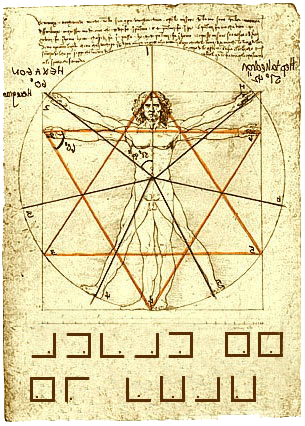
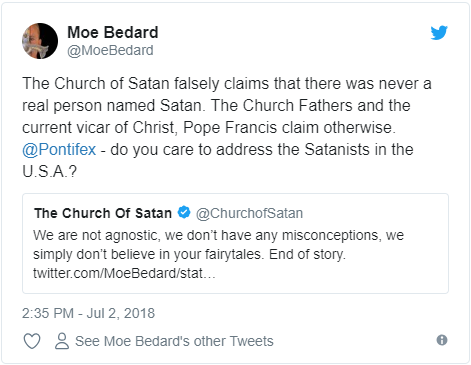

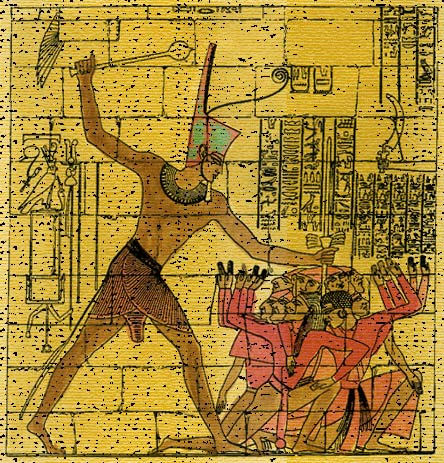

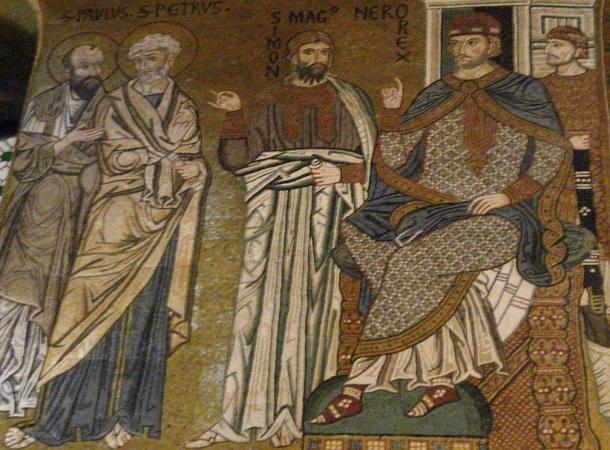

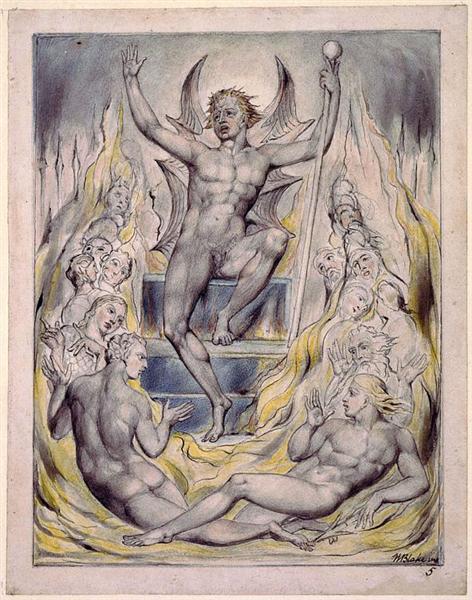
Tghe Hebrew word satan originates within the Judaic liturgy and oriesthood. It denotes an acytual man, a priest whose job was to investigate and accuse thsoe whow ere applying for entry into the prietshood a s amena s of determining if they wereof sound and uncorrupted charecter. The actal dmeonic force of teh inivers was originally known s Lucifer, the “star”that fell form heaven and became an evil earth bound spirit. He transformed into the Christian Satan due to the use of the word by early Bible collators and translators. It was never actually used in the context the Christains use in the original oiriginal Hebrew texts other than to intimate that righteous men are often falsely accused and led into error through the undermining of their confidecne in tei inherent god ess. Much liek a llawyere will do to witnesses tehy try to discredit them. It wa sin this context that Jesus was led into the wilderness and tempted by “satan”. into abandoning his journey to gnosis.
I Am.